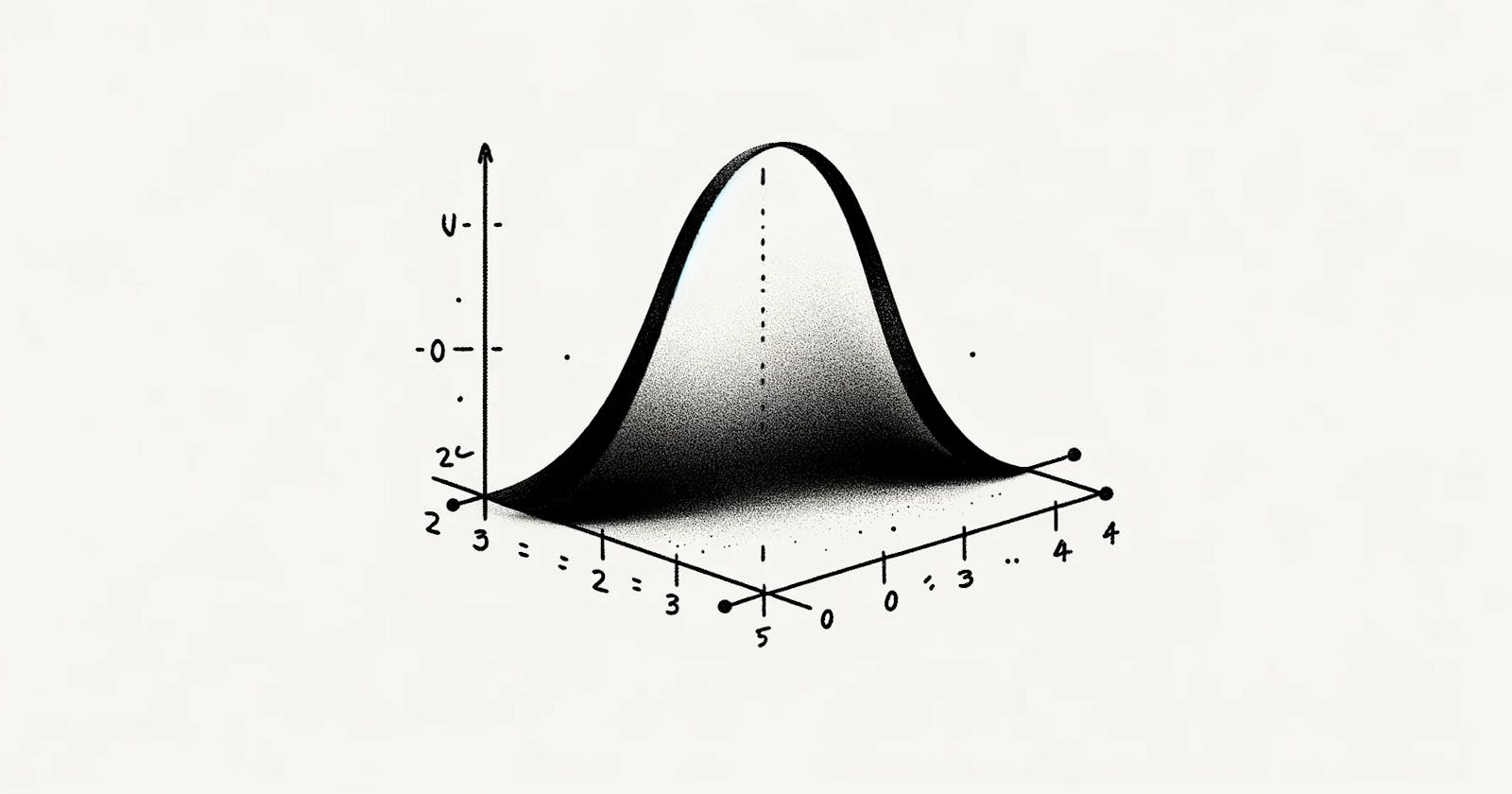Probability distributions are a key component of many deep learning systems. By understanding the advantages and disadvantages of using probability distributions, we can build more effective models. In this post, I'll explore when probability distributions shine - and when they fall short.
The Pros: Why Probability Distributions Work
First, let's examine the benefits probability distributions provide:
Representing Uncertainty - Probability distributions allow us to model uncertainty and variability in data. This is useful for real-world applications where complete information is rarely available.
Combating Overfitting - Techniques like dropout use probability distributions to randomly drop units during training. This prevents overfitting to the training data.
Natural Language Processing - Word embeddings draw from probability distributions to capture semantic meanings and relationships. This adds mathematical rigor.
Improved Generalization - Probability-based models can better generalize to new, unseen data as they capture inherent data variability.
When uncertainty and variation are present, probability distributions enable deep learning models to account for this - leading to better performance.
The Cons: Limitations of Probability Distributions
However, probability distributions also come with some downsides:
Increased Complexity - Working with probability distributions can add mathematical and computational overhead vs deterministic models.
Hard to Debug - Stochasticity makes models harder to debug as results vary across runs. Reproducibility suffers.
Difficult Hyperparameter Tuning - Relatedly, tuning models relying heavily on probability distributions can be challenging and time consuming.
Assumptions About Data - We must be careful about assumptions made about distribution shapes, parameters, etc. Garbage in, garbage out.
For certain well-behaved or simple datasets, a probability-based approach may not be warranted. The extra complexity may hinder rather than help model training.
Striking the Right Balance
As with most things in machine learning, it's about finding the right balance and being judicious about applying probability tools. Calculate whether the uncertainty in your data warrants explicit probability modeling. If variability is low, a simpler approach may suffice. The art is knowing when to crank up the probability dial - and when restraint is advised.
In summary, probability distributions are invaluable in many deep learning applications. But they also come with tradeoffs. By understanding both their power and pitfalls, we can determine when they are the right mathematical tool for the job.

